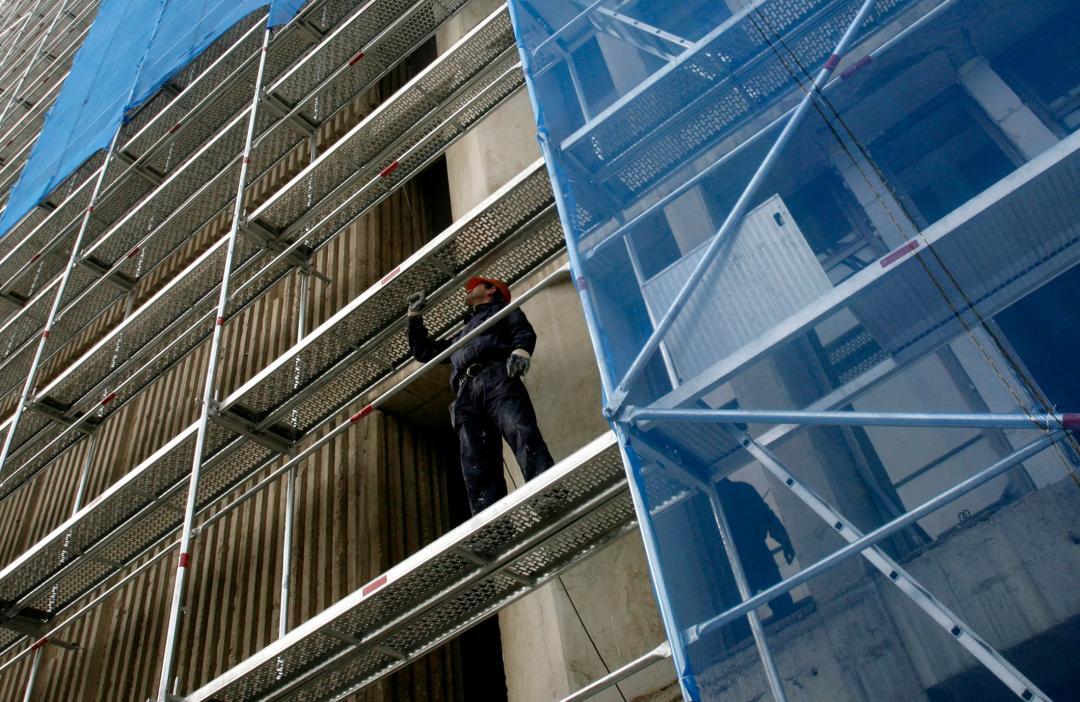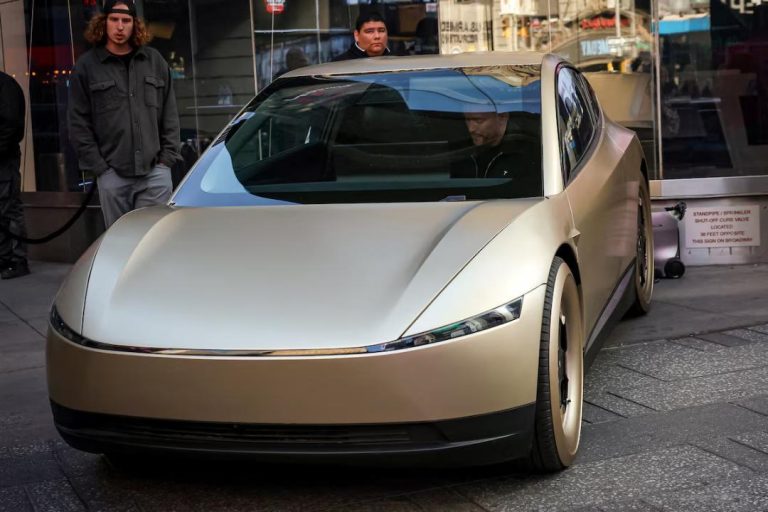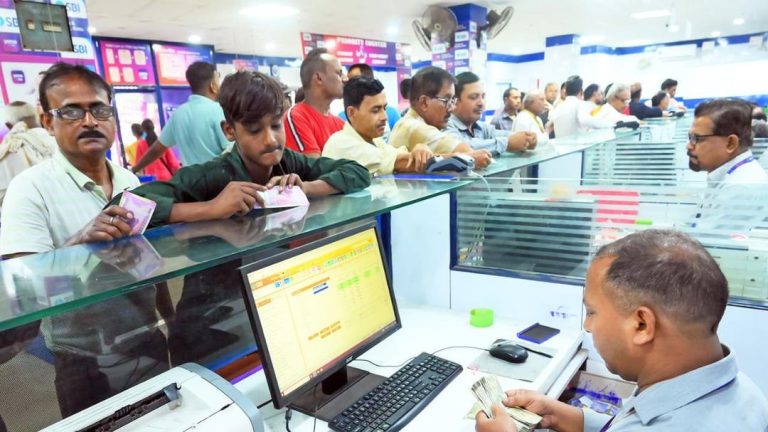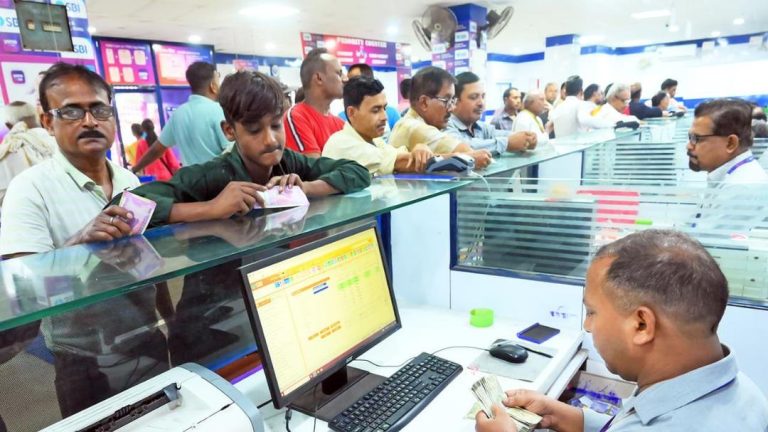
IIT Making Glass to Keep Buildings Cool in Summer and Warm in Winter
As the world grapples with the challenges of climate change, researchers are working tirelessly to develop innovative solutions that can help reduce the environmental impact of our buildings. In a significant breakthrough, the Indian Institute of Technology (IIT) in Indore has developed a “smart glass” that can regulate light and heat by applying a small electric current. This revolutionary technology has the potential to transform the way we design and build eco-friendly structures.
The new glass, made using a special porous organic polymer, is an electronic curtain glass that can change color and transparency as needed. When the sun’s rays are strongest, it can block sunlight and heat, keeping buildings cool in the summer. Conversely, when the outside temperature drops, it can allow in natural light and warmth, keeping buildings cozy in the winter.
According to officials, the smart glass is designed to be highly responsive to temperature fluctuations. This means that it can adapt to changing conditions in real-time, ensuring that buildings remain comfortable and energy-efficient all year round. Whether you’re looking to reduce your energy bills or simply create a more comfortable environment, this innovative technology has the potential to make a significant impact.
So, how does it work? The smart glass is made up of a special material that is capable of changing its physical properties in response to an electric current. When an electric current is applied, the material changes from transparent to opaque, effectively blocking out light and heat. Conversely, when the current is removed, the material returns to its transparent state, allowing light and heat to pass through.
The potential applications of this technology are vast. Imagine buildings that can regulate their own temperature, reducing the need for air conditioning and heating systems. Imagine cities that can harness the power of natural light, reducing the need for artificial lighting. The possibilities are endless, and the implications are significant.
But what about the environmental impact of this technology? The answer is simple: it’s minimal. The smart glass is designed to be highly energy-efficient, using minimal electricity to operate. This means that it can help reduce greenhouse gas emissions, making it an attractive option for buildings looking to reduce their carbon footprint.
In addition to its environmental benefits, the smart glass also has the potential to improve indoor air quality. By regulating temperature and humidity levels, it can reduce the risk of mold and mildew growth, creating a healthier and more comfortable environment for occupants.
The development of this smart glass is a significant achievement for the researchers at IIT Indore, and it’s a testament to the innovative spirit of Indian researchers. As the world continues to grapple with the challenges of climate change, it’s clear that India is leading the way in terms of innovative solutions.
So what’s next for this technology? The researchers at IIT Indore are already working on scaling up production and exploring new applications. They’re also working with industry partners to develop commercial products that can be used in a range of settings, from residential buildings to commercial offices.
As the world continues to evolve and adapt to the challenges of climate change, it’s clear that innovative technologies like this smart glass will play a critical role in shaping our future. Whether you’re a builder, an architect, or simply someone looking to make a positive impact on the environment, this technology has the potential to revolutionize the way we design and build our buildings.
Source: https://repository.inshorts.com/articles/en/PTI/319121e5-f2f2-4d36-b9bd-364925f8a154






